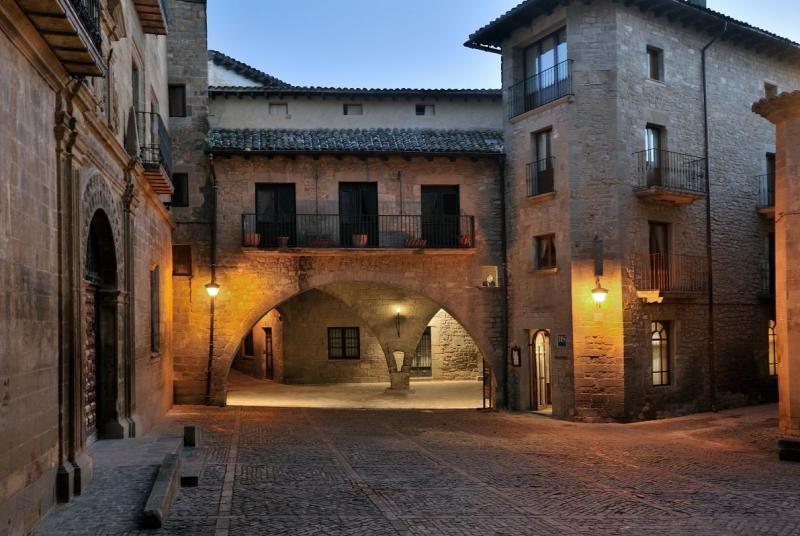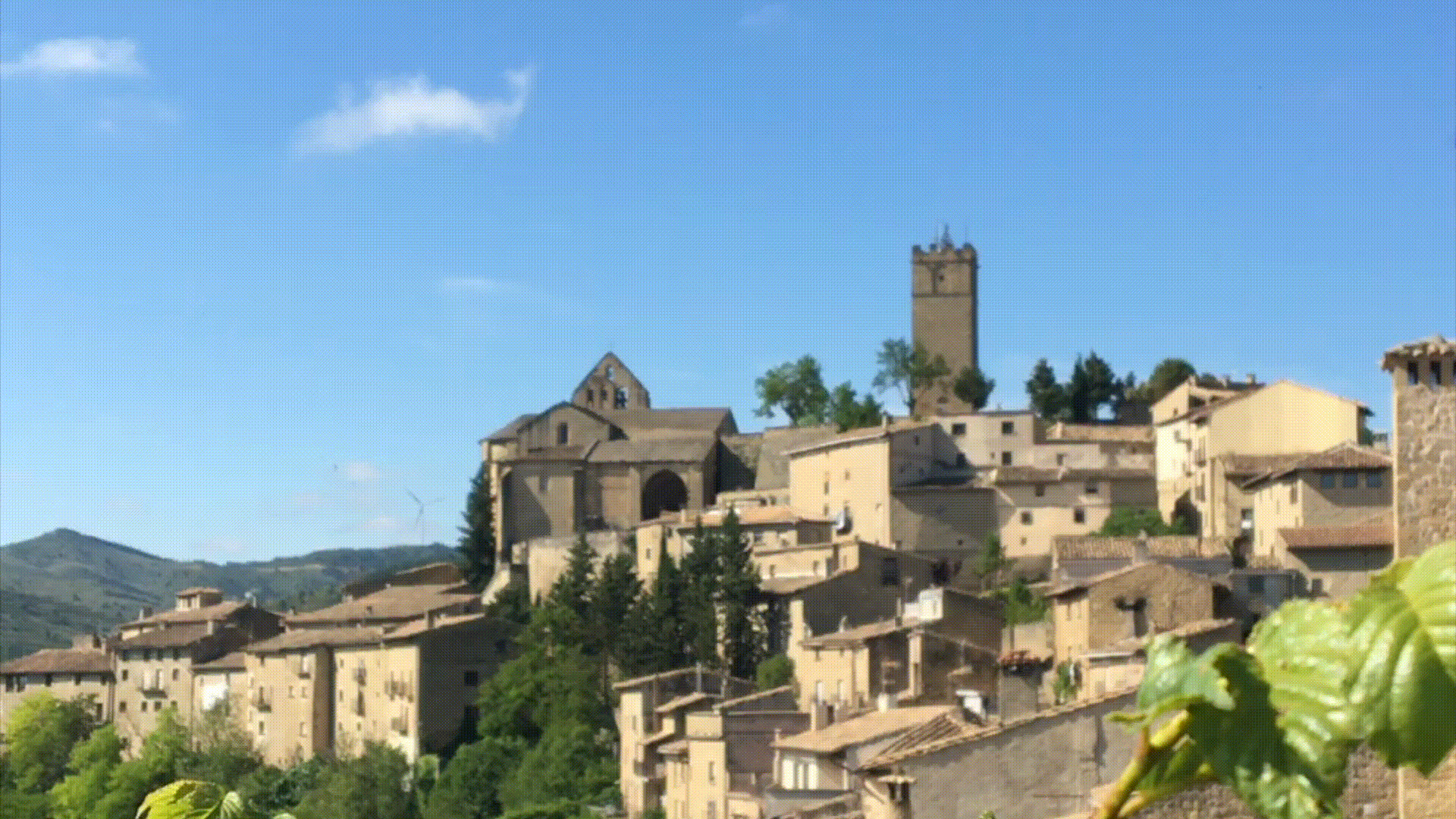The Cinco Villas region is characterized by its historical and cultural wealth of castles, churches and other monuments. In the northwest of Aragon, in the province of Zaragoza and adjacent territory with the region of Navarra, we find three towns whose rich heritage leaves no one indifferent. On your trip through the region, do not miss visiting Sádaba, Uncastillo and Sos del Rey Católico, and discover the jewels they keep inside, as well as other activities to enjoy the area.
Sádaba
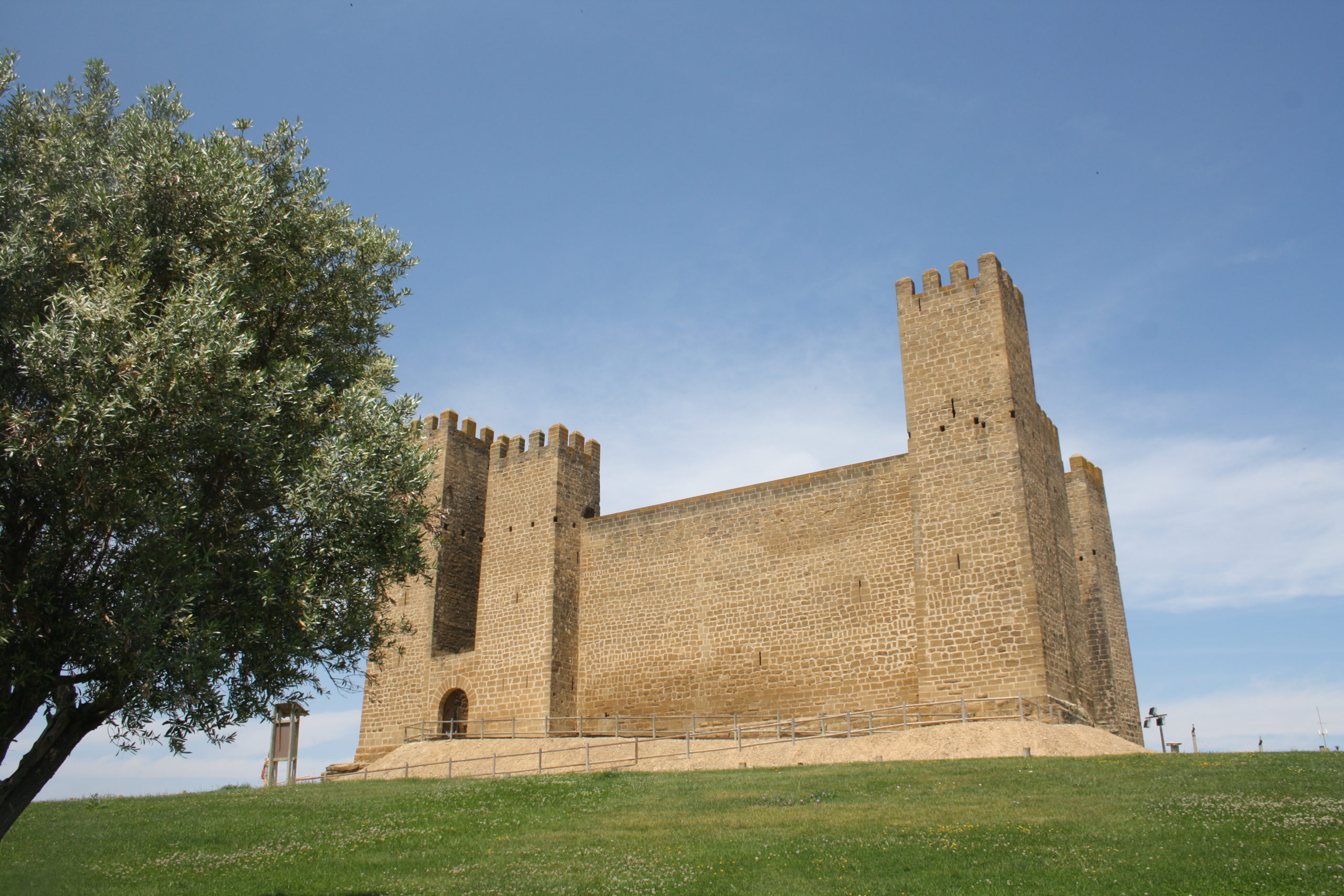
The Riguel river crosses the town, dividing it into two flanks. On one of them is the castle of Sádaba, the most emblematic monument of the village. It is a late medieval fortress built in the thirteenth century. Rectangular in shape, it has seven imposing towers that from a short distance seduce visitors with their magnificent restoration. The interior of the castle can be visited and the price ranges from 2 € for adults and 1.5 € for young people between 12 and 18 years and retirees. Admission for children under 12 is free.

Sádaba is an ideal place if you want to walk through the streets of the medieval town center. Stroll through the neighborhood of the Ermita and know the old Paseo de la Estación. Another charming place not to be missed if you visit Sádaba is the Church of Santa María, the only Gothic church built in the region.
On the outskirts of the town, you will find the Mausoleum of the Atilios known as the Altar of the Moors, the 12th century Cistercian Monastery of Cambrón and the 12th century church of Puylampa, whose torch served as a guide for pilgrims on the Camino de Santiago.
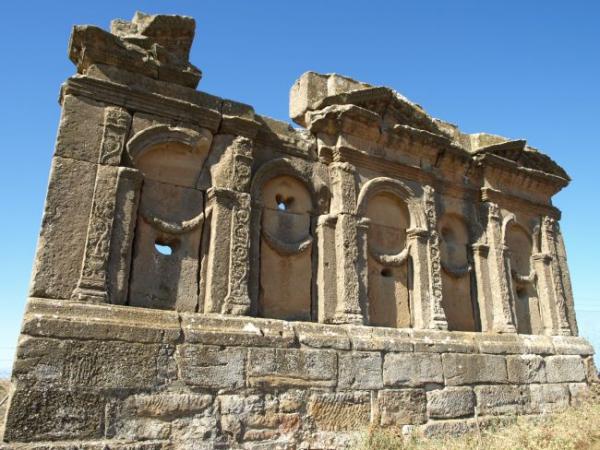
The natural site of Valdelafuén is located just 2 km from the village of Sádaba and it is home to the reservoir of the same name. Classified as a special bird protection area, its abundant flora and fauna make it an ideal place for water sports, fishing, hiking and cycling.
Uncastillo
Uncastillo is only 14 minutes away from the town of Sádaba. This town has a rich historical-artistic heritage, predominantly Romanesque. An essential thing to do there is to get lost in its labyrinthine stone streets, go up and down its many slopes, until you reach the top of the hill, where the castle sits.
Despite not being a very large town, Uncastillo has 7 churches and 2 hermitages, all of them in Romanesque style combined with the Jaques style. The most characteristic is the Church of Santa Maria, located at the entrance of the village, you can spend much of the time to observe each of the details that make it up.
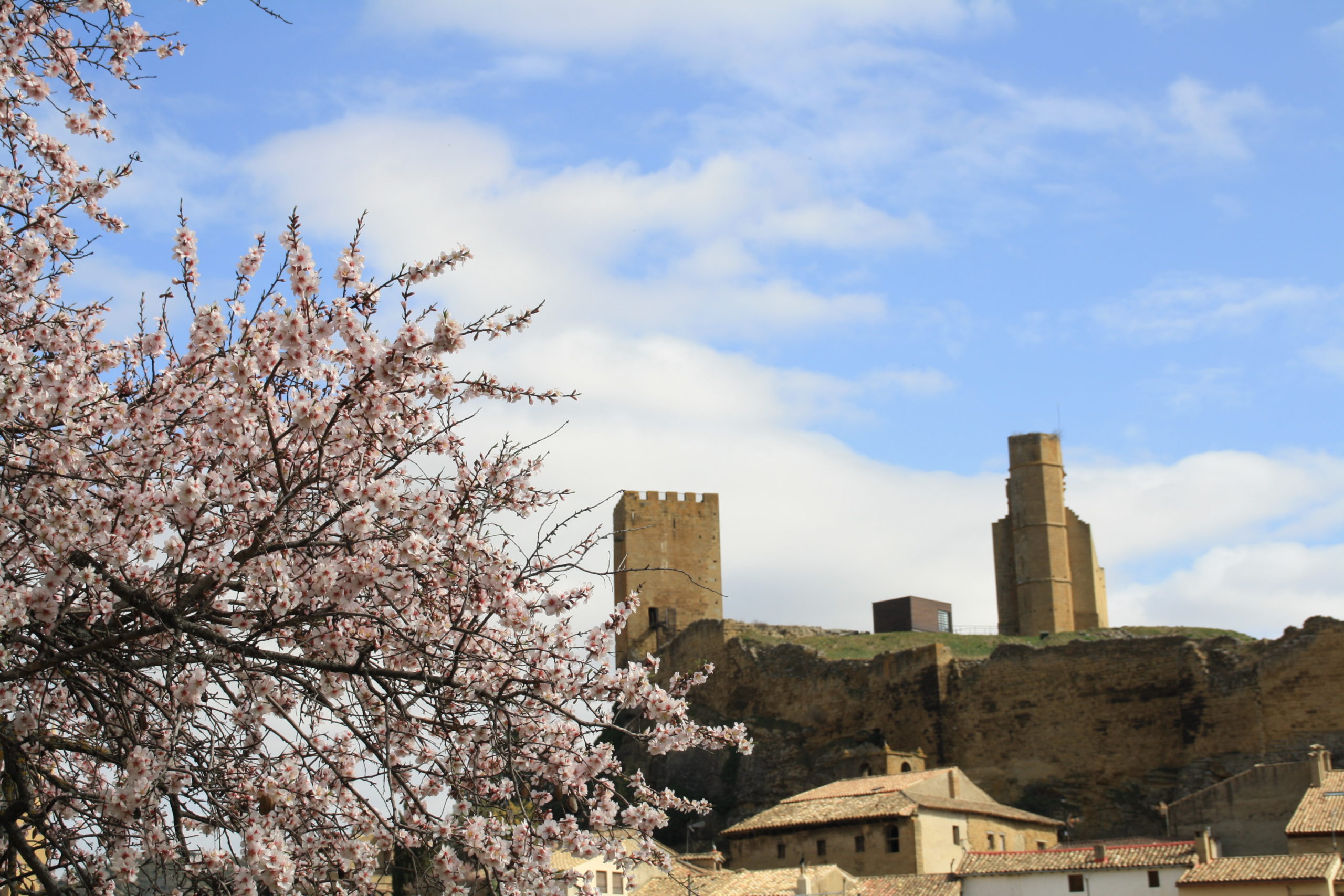
If you are looking for a perfect panoramic view of the town and also to do some exercise, visiting the hermitage of San Cristobal is an excellent option. The views and the tranquility that can be breathed from this place will make it worth the 30-minute walk. Another must-see location is the church of San Juan, with spectacular views of the entire village.
This medieval village also has a Jewish quarter in very good condition. The Jewish quarter of Uncastillo is characterized by its narrow streets and the secrets it keeps related to the Jewish religion, its symbols and traditions.
Very close to the town of Layana is the Roman site of Los Bañales. This enclave is endowed with thermal baths built at the end of the 1st century A.D. and an aqueduct that transported water to the city from a nearby reservoir. If you are thinking of visiting them, there are several open days throughout the year.
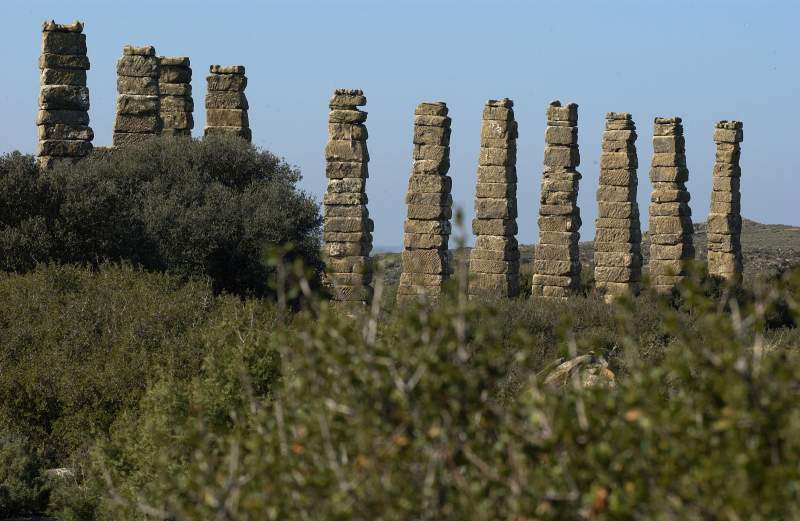
Sos del Rey Católico
Sos del Rey Católico is historically known for an event that marked the future of the town: the birth of Fernando el Católico on March 10, 1452 in the Palace of the Sada family. This monument is located on one of the two promontories on which the town sits.

But this medieval complex of Aragon does not end here, but little by little you will discover the hidden corners of the town as the market, the main square, the town hall and large noble houses. It also has Romanesque art, such as the churches of San Martín de Tours and San Esteban.
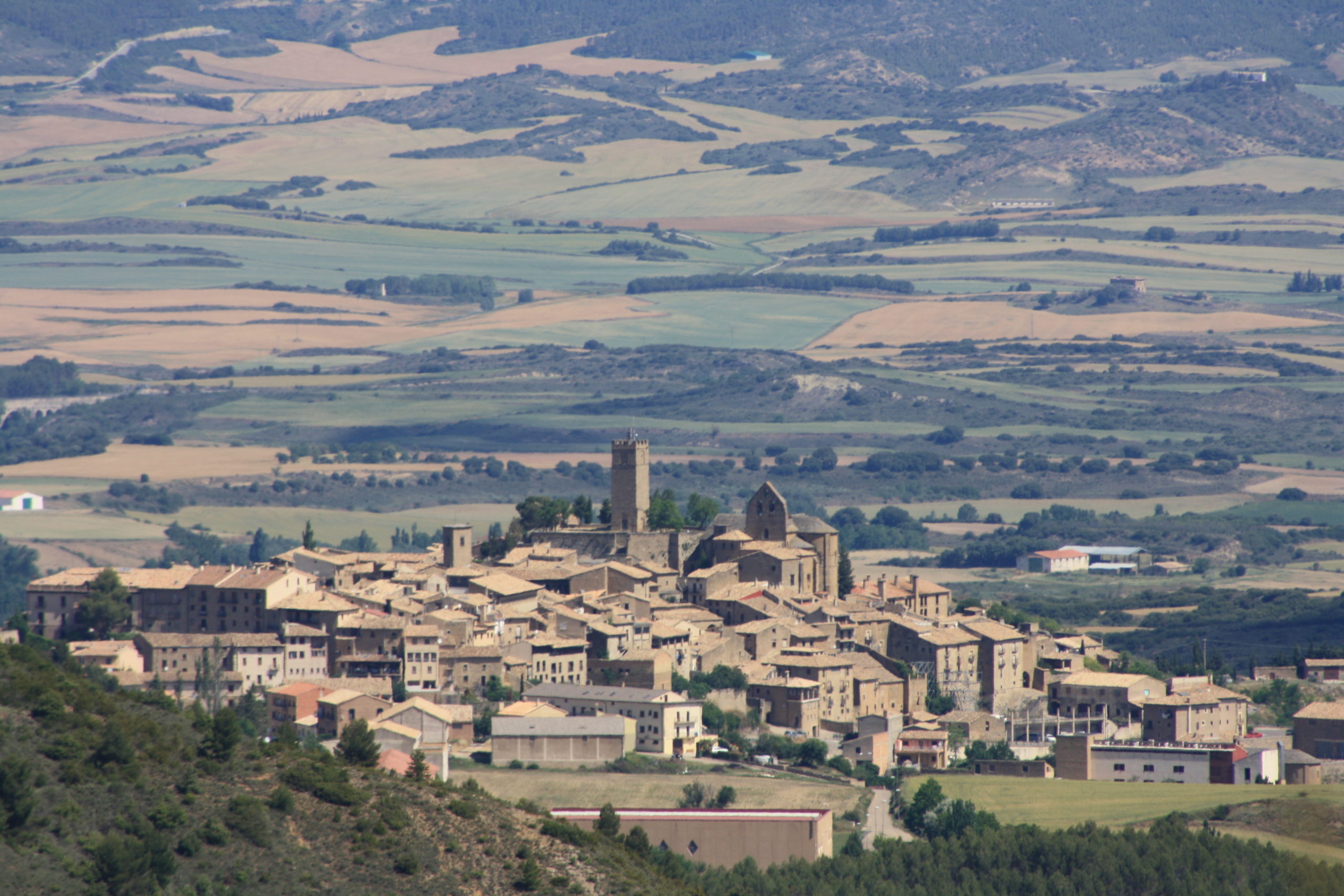
Once you have toured and lost yourself in its cobbled streets, do not forget to stop to rest and savor its exquisite gastronomy with the most typical dishes of the area. Before leaving, don’t forget to stop by the Delfín Puente Pastry Shop and taste their handmade chocolates.
